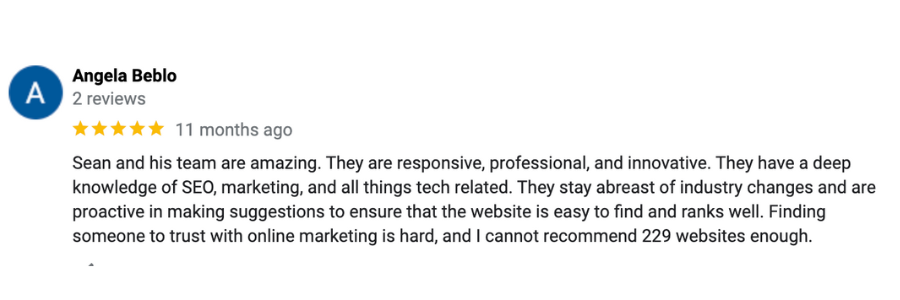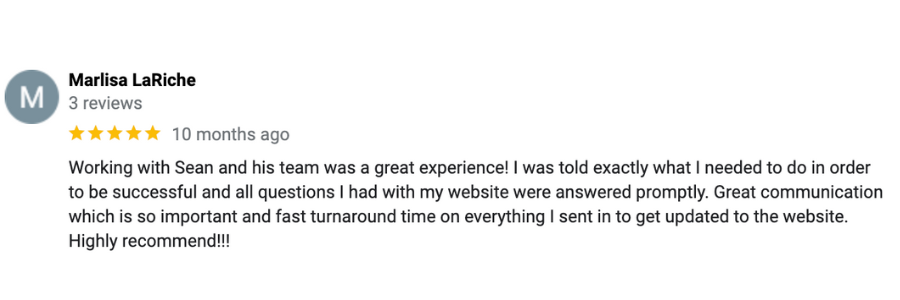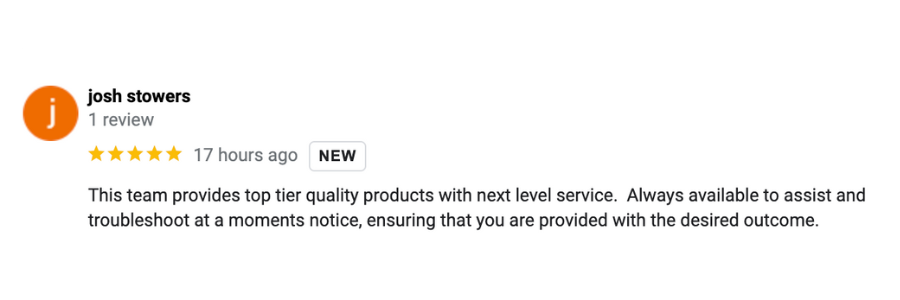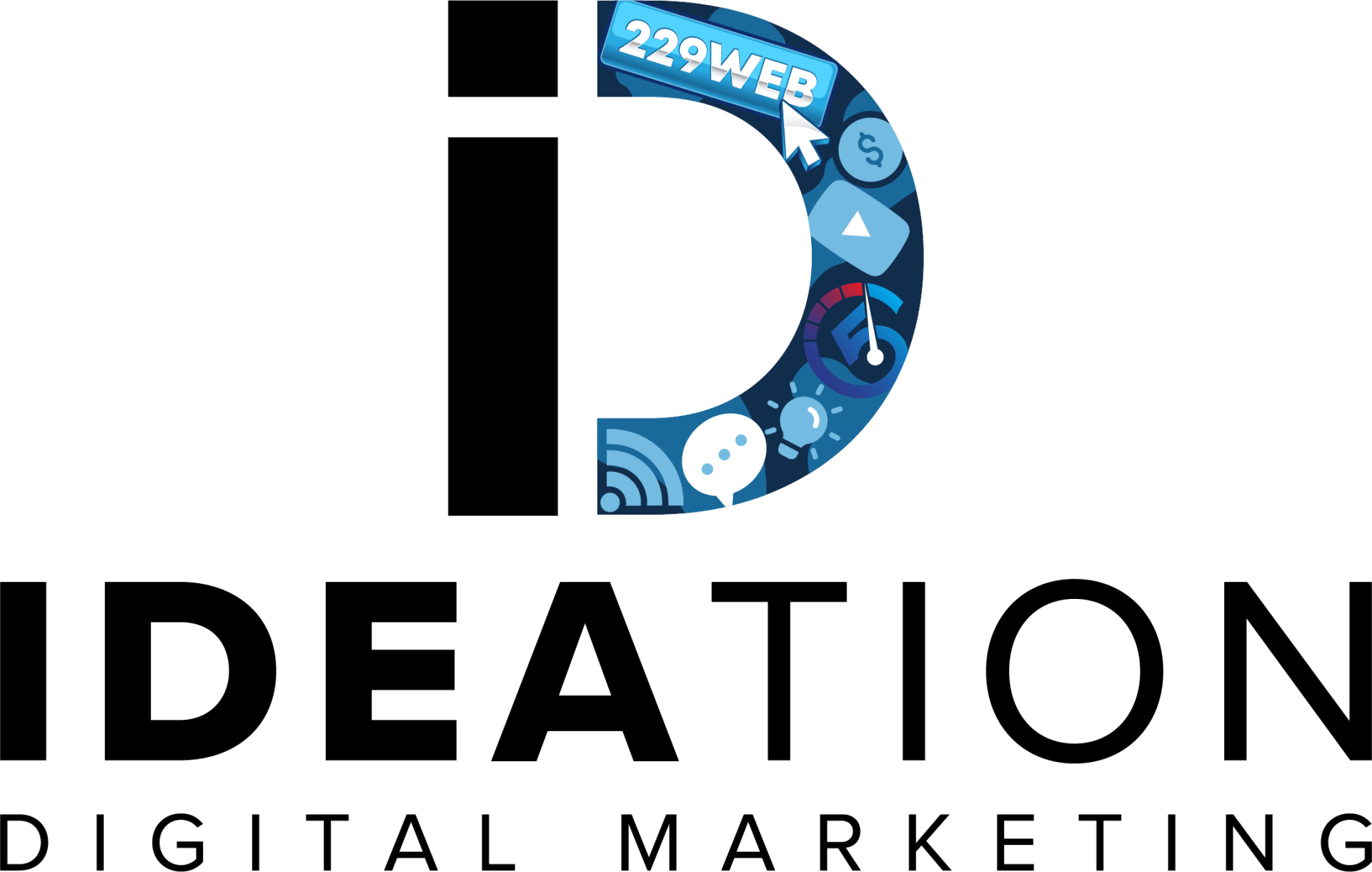222 Capitol Street, Suite 522
Charleston, WV 25301

Ideation Digital specializes in strategic marketing services that drive results for your business or organization, let us show you how our SEO Services can help grow your business on auto-pilot.
Is your online presence strong but your sales numbers remain disappointingly low?
Do you feel invisible online and know it’s affecting your sales growth?
Wondering if your business website actually brings in any customers?
Invested in online marketing but not seeing any increase in sales or customer inquiries?
The problem is there is more competition than ever for attention online and having a "good enough" online presence isn't good enough to get you customers anymore.
At Ideation Digital marketing we focus on building websites and SEO marketing programs that get you customers and leads, because why else would you invest in your small business marketing?
We understand the business saving impact of knowing you are getting consistent online leads from your website and online marketing. We are small business owners too.
That's why we only create online marketing that is optimized to produce sales and results. A.I. powered organic and comprehensive marketing systems that leverage the power of A.I. to create an online presence that actually makes the phone ring.

Want to discover how much not having an A.I. powered organic marketing system is costing your business already?
Get our digital marketing cheat sheet, made from a decade of experience in the industry, and customized for your business with exact steps to get consistent leads from your online marketing and finally feel like your online marketing investment is worth it!
How It Works
Here's what you get working with us:
Trust
We only recommend products and services that align opportunities with your goals. We focus on results for your business first.
Freedom
We manage all campaigns and assets for you. Need an update? No problem, send us an email, a text, or we will even create you a slack channel.
Growth
We don't just build websites, create SEO plans, and run ads for online marketing campaigns, we create comprehensive a.i. powered organic and paid marketing programs that bring you leads and customers.
See What Small Business Owners are Saying About Working with Ideation Digital








Mastering Success: The Essential Connection Between Planning and Execution

Planning and execution are the twin engines that drive the success of any endeavor, whether it's a business venture, a project, or personal aspirations. While planning sets the direction and lays out the roadmap, execution brings those plans to life, turning vision into reality. Let's delve into the importance of planning and execution and how they work in tandem to achieve desired outcomes.
Benefits of Planning
1. Clarity and Direction: Planning provides clarity and direction by defining objectives, outlining strategies, and establishing milestones. It serves as a blueprint that guides decision-making and actions, ensuring that efforts are focused and aligned towards achieving specific goals.
2. Resource Optimization: Effective planning helps in the optimal allocation of resources, including time, finances, and manpower. By identifying resource requirements and prioritizing tasks, organizations can utilize their resources efficiently and avoid wasta.
3. Risk Mitigation: Planning allows georganizations to anticipate potential risks and develop contingency plans to mitigate them. By identifying vulnerabilities and establishing safeguards, organizations can minimize the impact of unforeseen events and maintain business continuity.


4. Stakeholder Alignment: Planning involves engaging stakeholders and gaining their buy-in for organizational goals and strategies. By fostering alignment and collaboration among stakeholders, planning ensures that everyone is working towards a common vision.
5. Continuous Improvement: Planning is an iterative process that allows organizations to learn from past experiences and adapt to changing circumstances. By regularly reviewing and refining plans, organizations can incorporate feedback, identify areas for improvement, and drive continuous progress.
Benefits of Execution
1.
Turning Plans into Action: Execution is the implementation phase where plans are translated into concrete actions and results. It involves mobilizing resources, assigning responsibilities, and executing tasks to achieve desired outcomes.
2. Accountability and Ownership: Execution fosters accountability and ownership among individuals and teams by assigning clear responsibilities and holding them accountable for results. This accountability drives accountability and ensures that tasks are completed effectively and on time.
3. Adaptability and Agility: Effective execution requires adaptability and agility in responding to changes and challenges. Organizations that excel in execution are nimble and responsive, capable of adjusting their plans and tactics to seize opportunities and overcome obstacles.
4. Feedback Loop: Execution provides a feedback loop that enables organizations to monitor progress, evaluate performance, and make course corrections as needed. This feedback loop ensures that organizations stay on track towards their goals and make informed decisions based on real-time data.
5. Celebration of Success: Successful execution leads to the achievement of milestones and goals, which warrants celebration and recognition. By acknowledging achievements and rewarding success, organizations boost morale, motivation, and engagement among their teams.
Navigating Success: Unveiling the Power of Goal Setting
Goal setting is a fundamental process that helps individuals and organizations define their objectives, establish priorities, and chart a course towards success. By setting clear, measurable goals, organizations can focus their efforts, track progress, and drive performance. Let's explore the benefits of goal setting and how it contributes to organizational success.
Benefits of Goal Setting
01
Clarity and Focus: Goal setting provides clarity and focus by defining specific objectives and priorities. It helps organizations identify what they want to achieve and concentrate their efforts on activities that align with their goals.
02
Motivation and Engagement: Goals serve as a source of motivation and engagement, inspiring individuals and teams to work towards a common purpose. By setting challenging yet achievable goals, organizations can energize their workforce and foster a culture of high performance.
03
Measurable Outcomes: Goals are measurable outcomes that enable organizations to track progress and evaluate performance. By establishing clear metrics and benchmarks, organizations can assess their progress towards their goals and make data-driven decisions.
04
Accountability and Responsibility: Goal setting fosters accountability and responsibility by assigning clear objectives and deadlines to individuals and teams. By holding them accountable for their performance, organizations ensure that everyone is aligned and committed to achieving shared goals.
05
Continuous Improvement: Goal setting is an iterative process that allows organizations to learn from past experiences and adjust their strategies accordingly. By regularly reviewing and revising goals, organizations can adapt to changing circumstances and drive continuous improvement.
Plotting the Course: Leveraging the Power of Tactical Roadmaps
Tactical roadmaps are strategic planning tools that outline the steps and initiatives required to achieve specific goals and objectives within a defined timeframe. By breaking down strategic goals into actionable tasks, tactical roadmaps provide organizations with a clear roadmap for success. Let's explore the benefits of tactical roadmaps and how they aid in organizational planning and execution.
Benefits of Tactical Roadmaps
- Alignment of Efforts: Tactical roadmaps align organizational efforts by clearly defining roles, responsibilities, and timelines for each initiative. By ensuring that everyone is on the same page, tactical roadmaps foster collaboration and coordination among teams.
- Prioritization of Activities: Tactical roadmaps prioritize activities based on their importance and urgency, helping organizations focus on high-impact initiatives. By identifying critical tasks and milestones, tactical roadmaps ensure that resources are allocated effectively and efforts are directed towards achieving strategic objectives.
- Resource Allocation: Tactical roadmaps facilitate the efficient allocation of resources by providing visibility into the requirements of each initiative. By identifying resource needs in advance, organizations can allocate budget, manpower, and other resources judiciously, maximizing efficiency and minimizing waste.
- Progress Tracking: Tactical roadmaps serve as a framework for tracking progress and monitoring performance against predefined milestones. By providing visibility into the status of each initiative, tactical roadmaps enable organizations to identify bottlenecks and address issues in a timely manner.
- Flexibility and Adaptability: Despite being detailed guides, tactical roadmaps are flexible enough to accommodate changes in priorities or external factors. By allowing for adjustments and revisions, tactical roadmaps ensure that organizations can respond to unforeseen circumstances without derailing from their overarching goals.
Revealing Insights: Unpacking the Power of SWOT Analysis
SWOT analysis is a strategic planning tool used to identify an organization's internal strengths and weaknesses, as well as external opportunities and threats. By conducting a SWOT analysis, organizations can gain valuable insights that inform decision-making and strategic planning. Let's explore the benefits of SWOT analysis and its role in organizational strategy development.
Benefits of SWOT Analysis
1.
Strategic Insights: SWOT analysis provides organizations with a comprehensive overview of their internal capabilities and external environment. By identifying strengths, weaknesses, opportunities, and threats, organizations can gain valuable insights into their competitive position and strategic priorities.
2. Risk Assessment: SWOT analysis helps organizations assess potential risks and vulnerabilities that may impact their ability to achieve strategic objectives. By identifying threats in advance, organizations can develop contingency plans to mitigate risks and ensure business continuity.
3. Competitive Advantage: SWOT analysis highlights areas where organizations have a competitive advantage over rivals. By leveraging strengths and opportunities, organizations can differentiate themselves in the marketplace and gain a competitive edge.
4. Strategic Planning: SWOT analysis serves as a foundation for strategic planning by providing a framework for identifying key priorities and objectives. By aligning strategies with internal capabilities and external opportunities, organizations can develop actionable plans that drive success.
5. Performance Improvement: SWOT analysis enables organizations to identify areas for improvement and develop strategies to address weaknesses and capitalize on opportunities. By focusing on continuous improvement, organizations can enhance performance and achieve long-term success.
Why Choose Us?
Choosing the right partner is crucial for organizations seeking to excel in planning, goal setting, tactical roadmaps, and SWOT analysis. Here's why you should choose us:
Expertise and Experience
We bring years of expertise and experience in strategic planning and execution, helping organizations achieve their goals and drive success.
Tailored Solutions
We offer customized solutions tailored to the unique needs and objectives of each organization, ensuring that our strategies are aligned with your vision and goals.
Collaborative Approach
We believe in collaboration and partnership, working closely with clients to co-create strategies that deliver tangible results and drive growth.
Proven Track Record
We have a proven track record of success, with a portfolio of satisfied clients who have achieved measurable results through our strategic planning services.
Commitment to Excellence
We are committed to excellence in everything we do, from developing strategic plans to executing them with precision and delivering exceptional results that exceed expectations.

Main Office
222 Capitol Street, Suite 522
Charleston, WV 25301
other offices
48 1/2 Second Ave, Williamson, WV 25661
20 Clinch Mountain Ave, Lebanon, VA 24266,
Contact
DIGITAL MARKETING SERVICES
All Rights Reserved | Ideation Digital
Private Policy
All Rights Reserved | Ideation Digital


